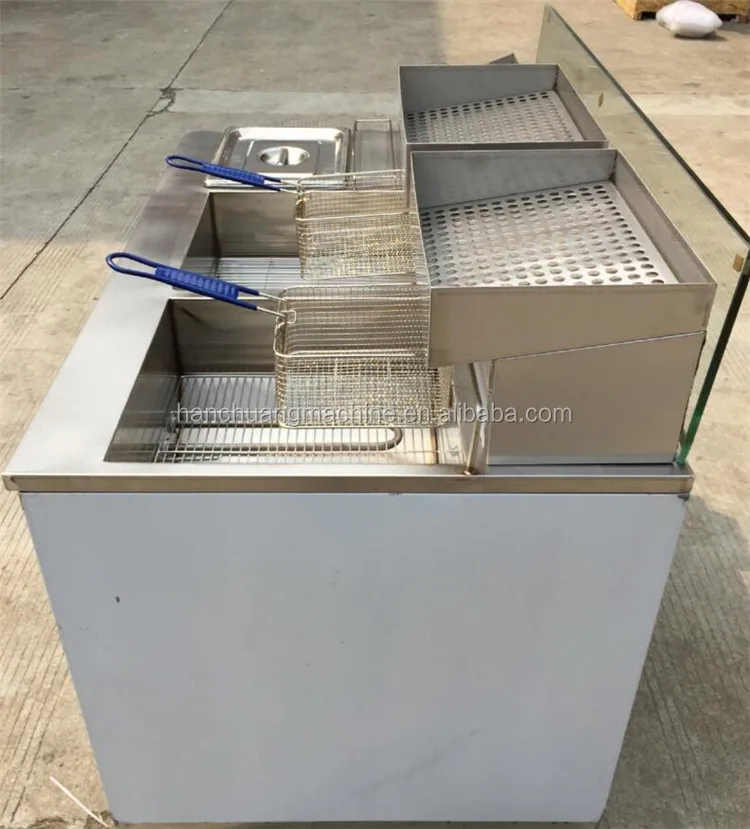
 Celery usually encounters no serious pest problems but occasionally can be attacked by celery leafminer and slugs (during blanching). Celery that sits too long after blanching will become pithy and may rot. Blanch celery up to 10 to 14 days before harvesting. Blanching is achieved by covering the stalks with soil, straw, or paper cylinders rolled up to the top of the stalks to protect them from the sun, which encourages them to produce chlorophyll and turn green.
Celery usually encounters no serious pest problems but occasionally can be attacked by celery leafminer and slugs (during blanching). Celery that sits too long after blanching will become pithy and may rot. Blanch celery up to 10 to 14 days before harvesting. Blanching is achieved by covering the stalks with soil, straw, or paper cylinders rolled up to the top of the stalks to protect them from the sun, which encourages them to produce chlorophyll and turn green. 
Celery that is not blanched can be bitter tasting. Blanch celery to enhance its sweet flavor and whiten stalks.Keep cultivation shallow so as not to damage roots. Keep celery planting beds weed-free to avoid competition for moisture and nutrients.Thin plants so that there is room for sunlight and air circulation. Add aged compost to planting beds before planting and side-dress plants with compost at midseason. Lack of water will slow growth, cause stalks to become stringy, and encourage plants to send up flower stalks.Keep celery well-watered during all phases of growth.To blanch celery growing in a container, tie paper, or cardboard cylinders around the stalks.Set celery at 10-inch centers in large containers.Celery can be grown in an 8-inch (20cm)container.Avoid growing celery with pumpkins, cucumbers, and squash.Grow celery with lettuce, spinach, and English peas.Plant self-blanching celery in blocks 6 to 12 inches (15-30cm) apart planting closer will give a higher yield but more slender stalks.As plants grow mound up soil around the stems to blanch them.

Transplant seedlings started indoors into trenches 3 to 4 inches (7.6-10cm) deep set 6 to 10 inches (15-25cm) apart. Sow celery seed ¼ to ½ inch deep, 6 to 10 inches (15-25cm) apart space rows 24 inches (61cm) apart. In warm spring and summer regions, plant celery in late summer for harvest in late autumn or early winter. In cool spring and summer regions, plant celery in early spring. Temperatures below 50☏ (10☌) for more than 12 hours may cause celery to bolt. Cold weather will inhibit growth as will warm weather. (To delay transplanting time and slow growth, cut seedlings down to 3 inches (7.6cm) tall and then allow them to grow on.) Set transplants in the garden 2 to 3 weeks before the average last frost date when seedlings have 5 to 6 leaves. It requires 16 weeks of cool weather to come to harvest. In warm spring and summer regions, plant celery in late summer for harvest in late autumn or early winter. In cool spring and summer regions, plant celery in early spring. Plant celery where the growing season offers 4 months of cool weather. Celery has a low tolerance for heat and prefers a cool, cloudy location where growing temperatures range between 60☏ and 70☏ (15-21☌). Celery prefers soil with a pH between 5.8 and 6.8. Grow celery in compost-rich, moisture-retentive soil that borders on wet but still drains. Celery yield: Plant 5 plants per household member. Start celery seed indoors 8 to 10 weeks before the last frost in spring.







 0 kommentar(er)
0 kommentar(er)
